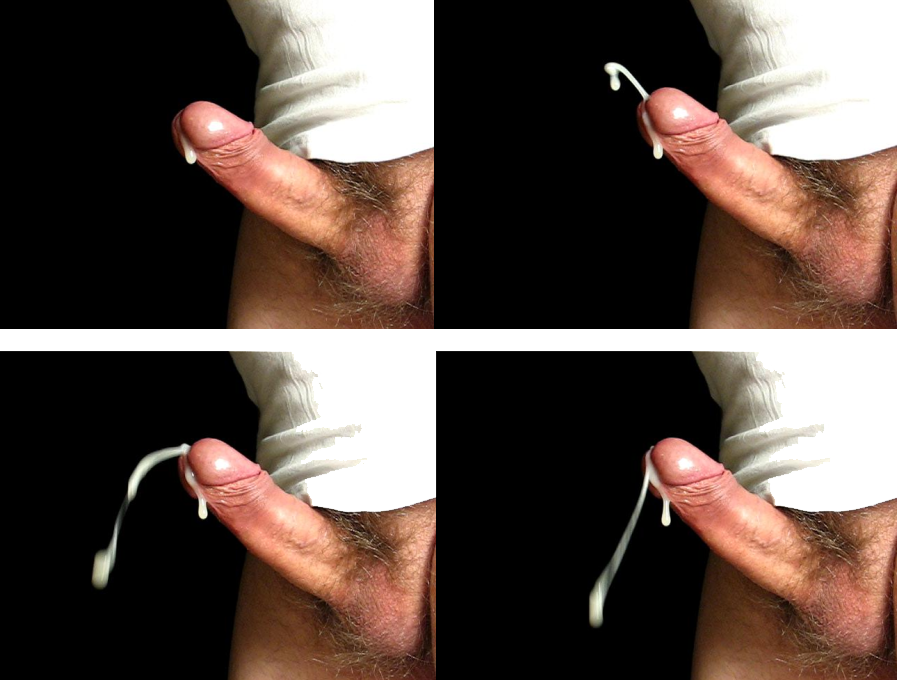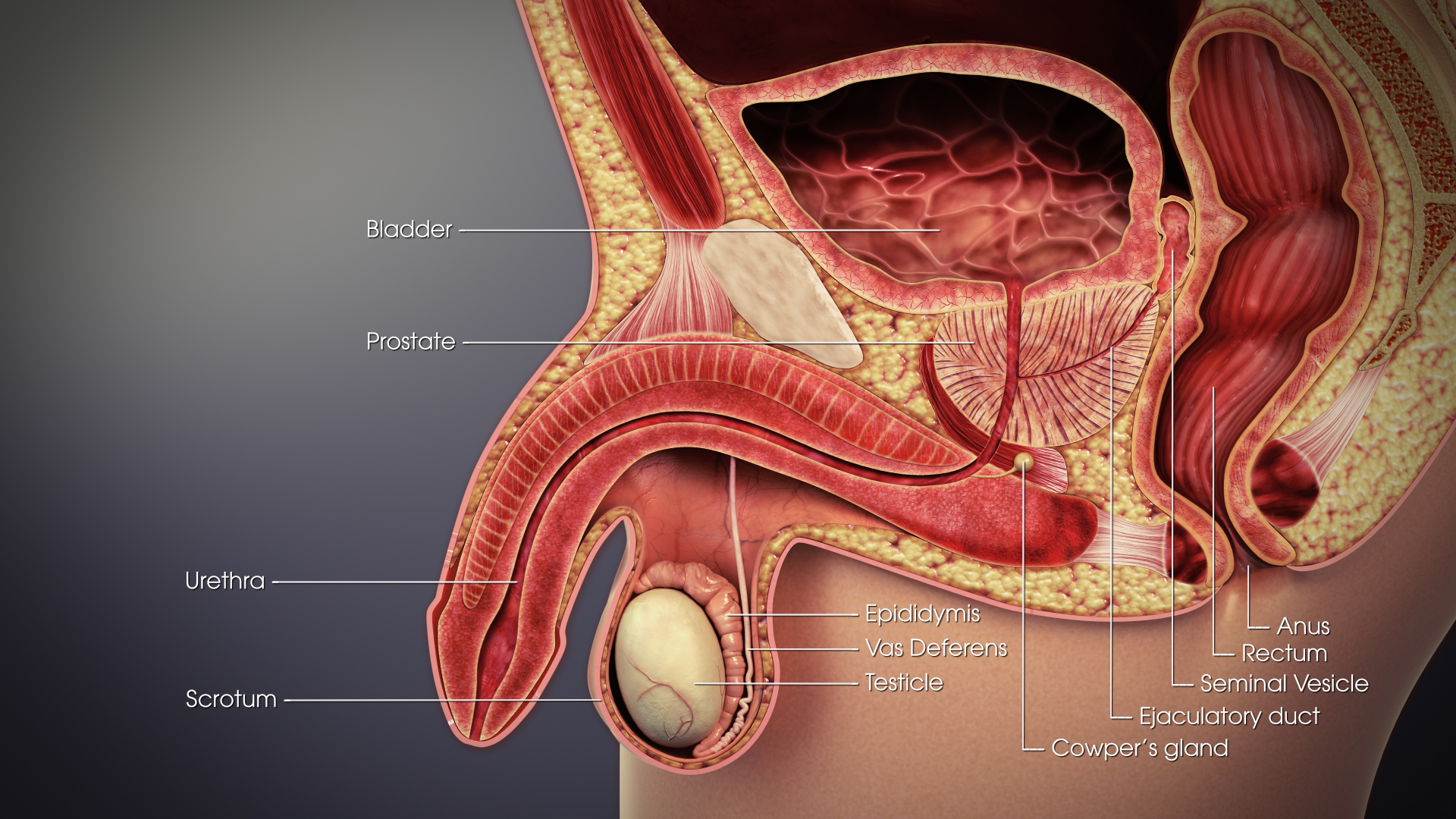|
Azoospermia
Azoospermia is the medical condition of a man whose semen contains no sperm. It is associated with male infertility, but many forms are amenable to medical treatment. In humans, azoospermia affects about 1% of the male population and may be seen in up to 20% of male infertility situations in Canada. In a non-pathological context, azoospermia is also the intended result of a successful vasectomy. Classification Azoospermia can be classified into three major types as listed. Many conditions listed may also cause various degrees of oligospermia rather than azoospermia. Pretesticular and testicular azoospermia are known as non-obstructive azoospermia, whereas post-testicular azoospermia is considered obstructive. Pretesticular Pretesticular azoospermia is characterized by inadequate stimulation of otherwise normal testicles and genital tract. Typically, follicle-stimulating hormone (FSH) levels are low (hypogonadotropic) commensurate with inadequate stimulation of the testes to ... [...More Info...] [...Related Items...] OR: [Wikipedia] [Google] [Baidu] |
Sertoli Cell-only Syndrome
Sertoli cell-only syndrome (a.k.a. Del Castillo syndrome and germ cell aplasia ) is a disorder characterized by male sterility without sexual abnormality. It describes a condition of the testes in which only Sertoli cells line is present in seminiferous tubules. Presentation Sertoli cell-only syndrome patients normally have normal secondary male features and have normal or small-sized testes. Pathophysiology Sertoli cell-only syndrome is likely multifactorial, and is characterized by severely reduced or absent spermatogenesis; because of the presence of Sertoli cells alone lining the seminiferous tubules. A substantial subset of men with this uncommon syndrome have microdeletions in the Yq11 region of the Y chromosome, an area known as the AZF (azoospermia factor) region. In particular, sertoli cell only syndrome (SCO) correlates with AZFa microdeletions. It is possible to recognize two types of SCO: SCO type 1 shows total absence of spermatogonia because of an altered migration ... [...More Info...] [...Related Items...] OR: [Wikipedia] [Google] [Baidu] |
Semen Analysis
A semen analysis (plural: semen analyses), also called seminogram or spermiogram, evaluates certain characteristics of a male's semen and the sperm contained therein. It is done to help evaluate male fertility, whether for those seeking pregnancy or verifying the success of vasectomy. Depending on the measurement method, just a few characteristics may be evaluated (such as with a home kit) or many characteristics may be evaluated (generally by a diagnostic laboratory). Collection techniques and precise measurement method may influence results. Semen analysis is a complex test that should be performed in andrology laboratories by experienced technicians with quality control and validation of test systems. A routine semen analysis should include: physical characteristics of semen (color, odor, pH, viscosity and liquefaction), volume, concentration, morphology and sperm motility and progression. To provide a correct result it is necessary to perform at least two, preferably three, ... [...More Info...] [...Related Items...] OR: [Wikipedia] [Google] [Baidu] |
Male Infertility
Male infertility refers to a sexually mature male's inability to impregnate a fertile female. In humans it accounts for 40–50% of infertility. It affects approximately 7% of all men. Male infertility is commonly due to deficiencies in the semen, and semen quality is used as a surrogate measure of male fecundity. More recently, advance sperm analyses that examine intracellular sperm components are being developed. Age considerations There is a decrease in sperm concentration as men age: 90% of seminiferous tubules in men in their 20s and 30s contain spermatids, whereas men in their 40s and 50s have spermatids in 50% of their seminiferous tubules, and only 10% of seminiferous tubules from men aged > 80 years contain spermatids. In a random international sample of 11,548 men confirmed to be biological fathers by DNA paternity testing, the oldest father was found to be 66 years old at the birth of his child; the ratio of DNA-confirmed versus DNA-rejected paternity tests around that ... [...More Info...] [...Related Items...] OR: [Wikipedia] [Google] [Baidu] |
Aspermia
Aspermia is the complete lack of semen with ejaculation (not to be confused with azoospermia, the lack of sperm cells in the semen). It is associated with infertility. One of the causes of aspermia is retrograde ejaculation, because of that the sperm is kept into the bladder and the final ejaculate is 0 mL. It can be brought on by excessive drug use, or as a result of prostate surgery. It can also be caused by alpha blockers such as tamsulosin and silodosin. Another cause of aspermia is ejaculatory duct obstruction, which may result in a complete lack or a very low-concentration of semen (oligospermia), in which the semen contains only the secretion of accessory prostate glands downstream to the orifice of the ejaculatory ducts. Aspermia can be caused by androgen deficiency. This can be the result of absence of puberty, in which the prostate gland and seminal vesicles (which are the main sources of semen) remain small due to lack of androgen exposure and do not produce sem ... [...More Info...] [...Related Items...] OR: [Wikipedia] [Google] [Baidu] |
Anejaculation
Anejaculation is the pathological inability to ejaculate despite an erection in males, with (''orgasmic'') or without (''anorgasmic'') orgasm. Causes It can depend on one or more of several causes, including: * Sexual inhibition * Pharmacological inhibition. They include mostly antidepressant and antipsychotic medication, and the patients experiencing that tend to quit them an * Autonomic nervous system malfunction * [...More Info...] [...Related Items...] OR: [Wikipedia] [Google] [Baidu] |
Retrograde Ejaculation
Retrograde ejaculation occurs when semen which would be ejaculated via the urethra is redirected to the urinary bladder. Normally, the sphincter of the bladder contracts before ejaculation, sealing the bladder which besides inhibiting the release of urine also prevents a reflux of seminal fluids into the male bladder during ejaculation. The semen is forced to exit via the urethra, the path of least resistance. When the bladder sphincter does not function properly, retrograde ejaculation may occur. It can also be induced deliberately by a male as a primitive form of male birth control (known as ''coitus saxonicus'') or as part of certain alternative medicine practices. The retrograde-ejaculated semen, which goes into the bladder, is excreted with the next urination. Signs and symptoms Retrograde ejaculation is sometimes referred to as a " dry orgasm." Retrograde ejaculation is one symptom of male infertility. [...More Info...] [...Related Items...] OR: [Wikipedia] [Google] [Baidu] |
Ejaculation
Ejaculation is the discharge of semen (the ''ejaculate''; normally containing sperm) from the male reproductory tract as a result of an orgasm. It is the final stage and natural objective of male sexual stimulation, and an essential component of natural conception. In rare cases, ejaculation occurs because of prostatic disease. Ejaculation may also occur spontaneously during sleep (a nocturnal emission or "wet dream"). '' Anejaculation'' is the condition of being unable to ejaculate. Ejaculation is usually very pleasurable for men; '' dysejaculation'' is an ejaculation that is painful or uncomfortable. Retrograde ejaculation is the condition where semen travels backwards into the bladder rather than out the urethra. Phases Stimulation A usual precursor to ejaculation is the sexual arousal of the male, leading to the erection of the penis, though not every arousal nor erection leads to ejaculation. Penile sexual stimulation during masturbation or vaginal, anal ... [...More Info...] [...Related Items...] OR: [Wikipedia] [Google] [Baidu] |
Ejaculatory Duct Obstruction
Ejaculatory duct obstruction (EDO) is a pathological condition which is characterized by the obstruction of one or both ejaculatory ducts. Thus, the efflux of (most constituents of) semen is not possible. It can be congenital or acquired. It is a cause of male infertility and/or pelvic pain. Ejaculatory duct obstruction must not be confused with an obstruction of the vas deferens. Cause If both ejaculatory ducts are completely obstructed, male infertility due to aspermia/ azoospermia. They will suffer from a very low volume of semen which lacks the gel-like fluid of the seminal vesicles or from no semen at all while they are able to have the sensation of an orgasm during which they will have involuntary contractions of the pelvic musculature. This is contrary to some other forms of anejaculation. In addition, it is reported to be a cause for pelvic pain, especially shortly after ejaculation. In case of proven fertility but unresolved pelvic pain, even one or both partially ob ... [...More Info...] [...Related Items...] OR: [Wikipedia] [Google] [Baidu] |
Cystic Fibrosis
Cystic fibrosis (CF) is a rare genetic disorder that affects mostly the lungs, but also the pancreas, liver, kidneys, and intestine. Long-term issues include difficulty breathing and coughing up mucus as a result of frequent lung infections. Other signs and symptoms may include sinus infections, poor growth, fatty stool, clubbing of the fingers and toes, and infertility in most males. Different people may have different degrees of symptoms. Cystic fibrosis is inherited in an autosomal recessive manner. It is caused by the presence of mutations in both copies of the gene for the cystic fibrosis transmembrane conductance regulator (CFTR) protein. Those with a single working copy are carriers and otherwise mostly healthy. CFTR is involved in the production of sweat, digestive fluids, and mucus. When the CFTR is not functional, secretions which are usually thin instead become thick. The condition is diagnosed by a sweat test and genetic testing. Screening of infants at bi ... [...More Info...] [...Related Items...] OR: [Wikipedia] [Google] [Baidu] |
Vas Deferens
The vas deferens or ductus deferens is part of the male reproductive system of many vertebrates. The ducts transport sperm from the epididymis to the ejaculatory ducts in anticipation of ejaculation. The vas deferens is a partially coiled tube which exits the abdominal cavity through the inguinal canal. Etymology ''Vas deferens'' is Latin, meaning "carrying-away vessel"; the plural version is ''vasa deferentia''. ''Ductus deferens'' is also Latin, meaning "carrying-away duct"; the plural version is ''ducti deferentes''. Structure There are two vasa deferentia, connecting the left and right epididymis with the seminal vesicles to form the ejaculatory duct in order to move sperm. The (human) vas deferens measures 30–35 cm in length, and 2–3 mm in diameter. The vas deferens is continuous proximally with the tail of the epididymis. The vas deferens exhibits a tortuous, convoluted initial/proximal section (which measures 2–3 cm in length). Distally, i ... [...More Info...] [...Related Items...] OR: [Wikipedia] [Google] [Baidu] |
Agenesis
In medicine, agenesis () refers to the failure of an organ to develop during embryonic growth and development due to the absence of primordial tissue. Many forms of agenesis are referred to by individual names, depending on the organ affected: *Agenesis of the corpus callosum - failure of the Corpus callosum to develop *Renal agenesis - failure of one or both of the kidneys to develop * Amelia - failure of the arms or legs to develop *Penile agenesis - failure of penis to develop *Müllerian agenesis - failure of the uterus and part of the vagina to develop *Agenesis of the gallbladder - failure of the Gallbladder to develop. A person may not realize they have this condition unless they undergo surgery or medical imaging, since the gallbladder is neither externally visible nor essential. __TOC__ Eye agenesis Eye agenesis is a medical condition in which people are born with no eyes. Dental & oral agenesis *Anodontia, absence of all primary or permanent teeth. *Aglossia, absence of ... [...More Info...] [...Related Items...] OR: [Wikipedia] [Google] [Baidu] |


